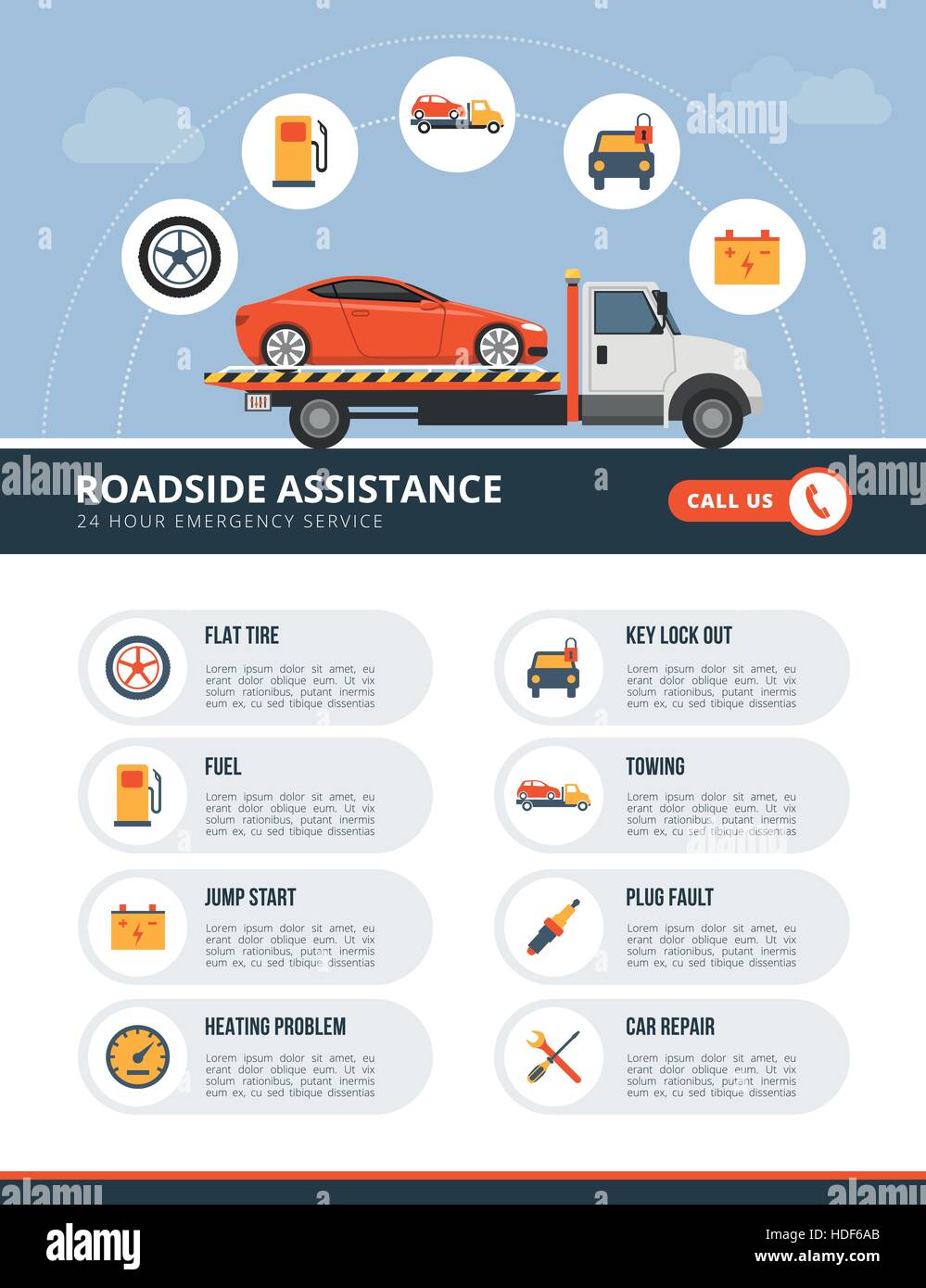Wondering Concerning The Definition Behind Those Control Panel Warning Lights? Gain Understandings Into Their Effects For Your Vehicle'S Security And Maintenance
Wondering Concerning The Definition Behind Those Control Panel Warning Lights? Gain Understandings Into Their Effects For Your Vehicle'S Security And Maintenance
Blog Article
Content Created By-Hartley Corbett
When you lag the wheel, those beautiful warning lights on your dashboard can be a bit difficult. Do you know what they're attempting to tell you concerning your car's wellness? Understanding the significance of these lights is essential for your safety and security and the longevity of your automobile. So, the following time among those lights turns up, would not you intend to understand its message accurately and take the essential steps to resolve it?
Common Warning Lighting and Interpretations
Identify common warning lights in your cars and truck and comprehend their meanings to make sure safe driving.
One of the most normal warning lights include the check engine light, which signifies issues with the engine or exhausts system. If this light begins, it's important to have your car examined without delay.
The oil pressure advising light shows low oil stress, calling for immediate attention to stop engine damage.
A flashing battery light could suggest a defective billing system, possibly leaving you stranded otherwise dealt with.
The tire stress tracking system (TPMS) light notifies you to reduced tire pressure, impacting vehicle stability and gas effectiveness. Neglecting this could bring about risky driving problems.
The abdominal muscle light shows a problem with the anti-lock braking system, compromising your ability to stop swiftly in emergency situations.
Lastly, the coolant temperature level alerting light warns of engine getting too hot, which can lead to serious damages if not resolved swiftly.
Understanding these common caution lights will certainly help you address issues immediately and preserve safe driving conditions.
Relevance of Prompt Interest
Comprehending the typical warning lights in your cars and truck is only the initial step; the value of quickly attending to these cautions can not be highlighted sufficient to guarantee your safety when driving.
When a warning light illuminates on your dashboard, it's your car's means of connecting a prospective concern that needs focus. Neglecting these warnings can result in extra severe troubles in the future, compromising your security and potentially costing you more in repairs.
https://josuewqkfy.dgbloggers.com/30657645/discovering-regional-excellence-a-trip-to-quality-automobile-repair-service-shops-near-you to alerting lights can protect against failures and crashes. For example, a flashing check engine light can indicate a misfire that, if left neglected, could create damage to the catalytic converter. Resolving this quickly can conserve you from a pricey repair.
Likewise, a brake system alerting light could signal low brake liquid or used brake pads, crucial elements for your security when driving.
DIY Troubleshooting Tips
If you observe a caution light on your control panel, there are a few DIY troubleshooting ideas you can try prior to looking for specialist help.
The very first step is to consult your cars and truck's manual to comprehend what the particular warning light shows. Sometimes the concern can be as basic as a loosened gas cap causing the check engine light. Tightening up the gas cap might deal with the issue.
Another typical problem is a low battery, which can cause different warning lights. Inspecting the battery connections for corrosion and ensuring they're safe might fix the problem.
If a caution light continues, you can attempt resetting it by separating the cars and truck's battery for a few minutes and then reconnecting it. In motorcycle detailing , examining your car's fluid degrees, such as oil, coolant, and brake liquid, can help repair advising lights connected to these systems.
Conclusion
In conclusion, comprehending your auto's warning lights is crucial for keeping your automobile running smoothly and securely. By quickly resolving these informs and recognizing what they suggest, you can avoid pricey repair work and prospective breakdowns.
Bear in mind to consult your auto's guidebook for particular information on each cautioning light and take action as necessary to make sure a trouble-free driving experience.
Remain notified, stay risk-free when traveling!
